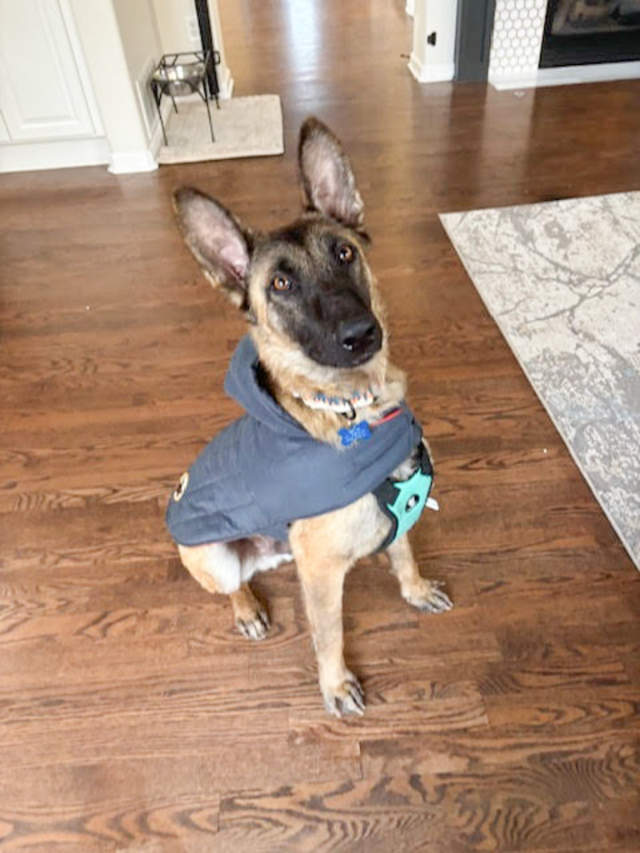Brian’s Bite-sized Behavior Bits – March 2017
What’s Your Dog Telling You?
One of the most ubiquitous complaints dog owners have is that their dog “just doesn’t listen”. I would postulate that if they could talk, most dogs would have the exact same complaint about their owners. And while dogs may not be able to speak to us in the way we are used to conversing with each other, the reality is that they are talking to us all the time.
Whenever I’m working with a dog – whether in normal day-to-day activities, or in training sessions, or during the process of behavioral rehabilitation – I’m always “listening” to her by observing the way she responds to what I’m doing. If I ask her to do a task such as a “Sit” and she in no way acknowledges me, it gives me valuable feedback. Either I haven’t made myself relevant or there is something in the environment that has captured her attention. Usually it’s a combination of both. Let’s see how you can apply the art of listening to boost training progress and create greater communication with your pup.
Being Relevant
In order for your dog to “listen” to something you’ve asked her for, a couple things need to be in place. First of all, she needs a good reason to do so. If, for example, she loves treats and will do anything for them but you’ve decided against training with treats, her lack of interest in your requests may be telling you that you need to adjust your approach. Try using treats. If, on the other hand, you’ve tried using treats to train your dog but she seems far less interested than if you simply pet her and give her some love… give her some love, already. And then, watch how she responds. If she is more engaged and compliant, continue training her in that manner.
Secondly, if you’ve listened to her and learned how to motivate her to do the right thing, you can move to a *slightly* more distracting environment and communicate that you still expect her to do what’s asked. If you ask for a sit and she sits, stay relevant by rewarding her. If she doesn’t, stay relevant by not allowing her to ignore the command. Apply some gentle pressure upward with the leash until her tush hits the ground and then release the leash pressure. Tell her “good girl!” (No need for a treat unless she complies without you having to “remind” her with the leash.) Note: if you can’t get any kind of redeemable response from your dog, you may have moved too fast. Take a step back and go to a less distracting area.
The Dance
Training your pup – regardless of the specific behavior you’re trying to teach – should feel like a loosely scripted dance, with you responding to her every move and subtle gesture by adjusting your approach. Everything you do has an effect on her behavior, so if you aren’t getting what you want, it’s up to you to change what you’re doing. Try something different next time and observe her response and subtle body-language cues. Pay attention to how that changes what she does and what she might be “telling” you. If you get exactly what you’re looking for, great! Stay the course. If what you were aiming for didn’t materialize, make another small adjustment and observe her response. Keep tweaking your approach. Does your dog look confused by something you’re doing? Ask yourself, “How can I create greater clarity?” and try again. Remember that your dog is always talking. If you really listen to her and combine persistence with creativity, you’ll have a dog that listens to you as well.
Content Copyrighted 2017. Brian Bergford. All Rights Reserved.

